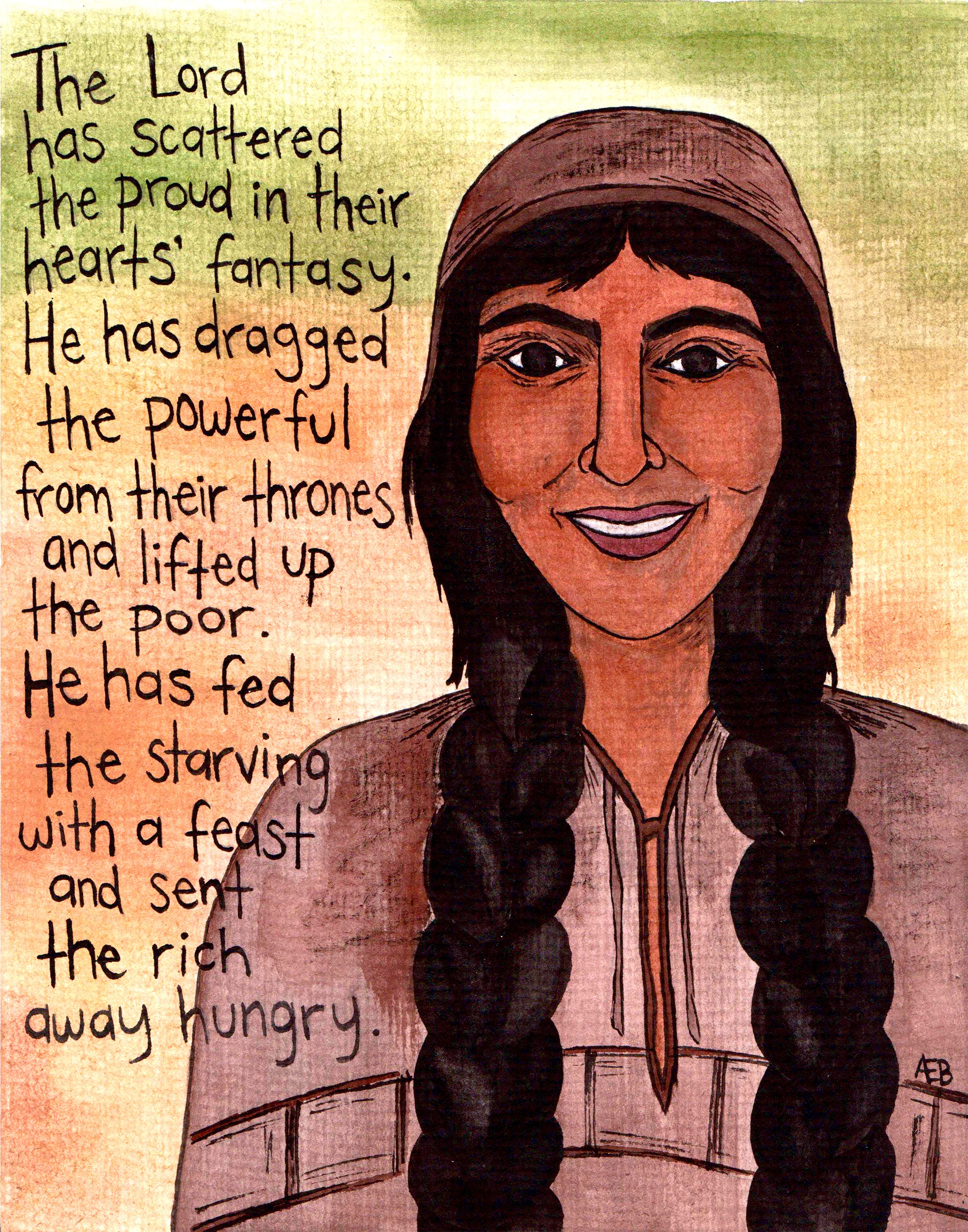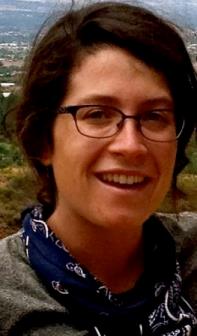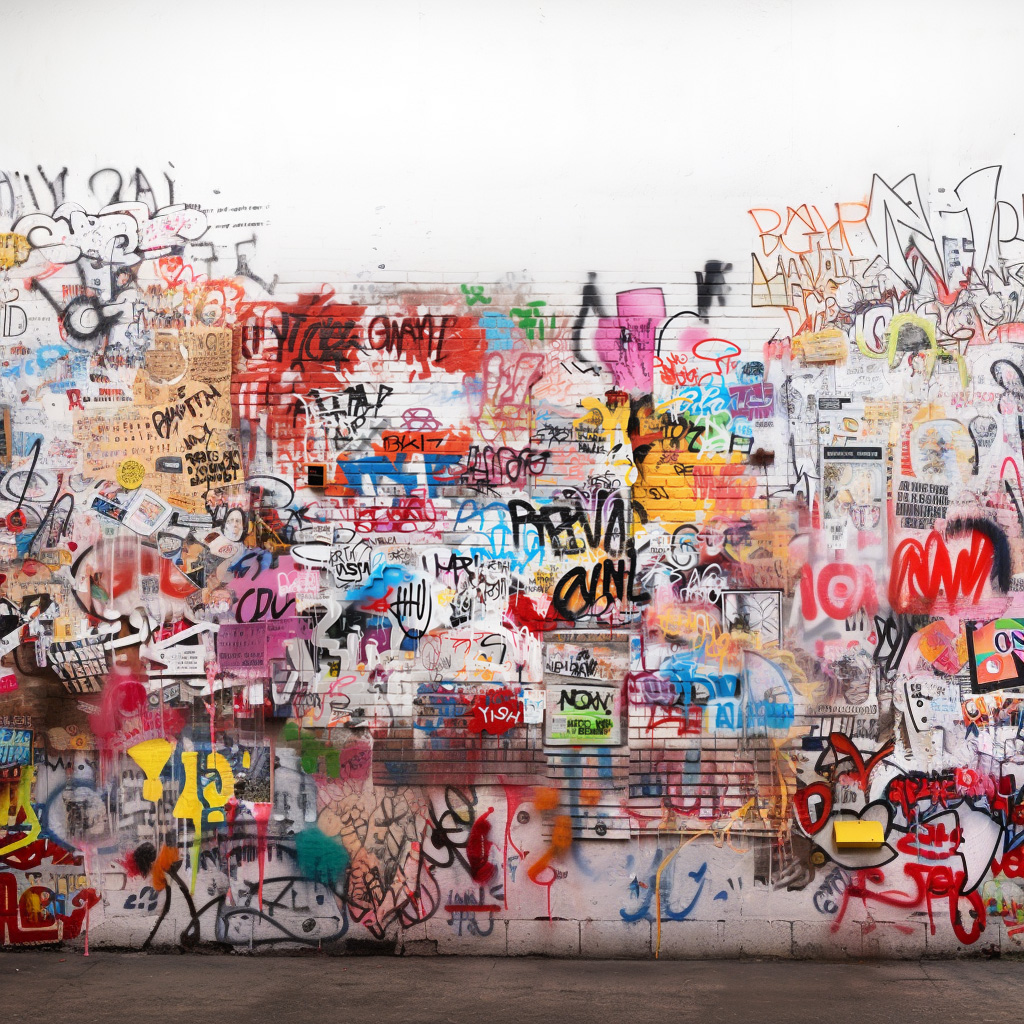Whitewashed Mary and White Supremacy
What image of Mary. the mother of God, do you remember seeing as a child? When you close your eyes and imagine Mary today, who do you see?
What color is her hair? Her eyes? Her skin? What type of clothes is she wearing in your imagination?
As a kid growing up in a tight-knit Catholic community in the 1990s, most, if not all, of the images that I remember seeing of Mary were with white skin and brown hair. I can’t remember if her eyes were blue or brown, but I definitely remember her skin being the same pale white as my own.
Admittedly, I hadn’t thought too much about those representations of Mary until last year when a friend reached out to me to request a commissioned painting.
He was working as a high school teacher at a Catholic school and was interested in commissioning a painting of a “historically accurate” Mary for his course on the New Testament and social justice.
He did some research into anthropological findings about historical Mary and sent me some reference photos of young Palestinian women from that time period. He made a point that her clothes should be un-dyed, a representation of the poverty in her native Galilee and the humble social status of Mary and her family.
I was amazed. I found myself staring into the deep, dark eyes of these young women, admiring their beautiful brown skin and gorgeous, thick, black hair. I saw nothing of the pearly white Mary that I once knew. Had I been duped?
The answer to that question cannot be reduced to scapegoating some imagined mastermind who managed to dupe Catholics worldwide for decades, but I do think the answer has a whole lot to do with white supremacy.
So I accepted the commission, eager to paint this historically accurate Mary and humbled by the opportunity to play a part in this image, which would reach the classroom of young and impressionable (and likely white) Catholic high school students.

And I started thinking more about what I knew about this whitewashed version of Mary, which is so central to Catholic culture.
I remembered being taught in school about the Neave forensic anthropological reconstruction of Jesus, but how could that one lesson really compete with the whitewashed depictions of the Holy Family surrounding the rest of my Catholic upbringing?
And I realized that this is precisely how white supremacy works: whiteness dominates our everyday lives so completely that we almost don’t even notice it, much less question it.
Any historian, anthropologist, or high school religion teacher could tell us that the historical Mary was definitively not white. Yet how many whitewashed images of Mary go unnoticed and unquestioned in our parishes, homes and classrooms still today?
It is tempting as Catholic white people, I think, to reject any notion of white supremacy as other than us. We wish to associate white supremacy with the violence and hate that we see on the news and can hardly imagine that such violence has anything to do with us.
Many of us white people struggle to see white supremacy as an integral part of the culture we participate in daily.
But we don’t have to look any further than our white images of Mary to see the white supremacy alive in our communities today.
While it may be difficult to see the violence in a whitewashed depiction of Mary, maybe we can see the violence in the ways we outcast, punish and dehumanize the brown and black immigrants and refugees suffering at the hands of our countries’ domestic and foreign policies.
Maybe we can reflect on the ways that we admire and revere the white depictions of the Holy Family but struggle to empathize with people of color on the margins of our society.
Can we start by imagining how our concept of God and Spirit and community might have been transformed if we had grown up seeing the Mother of God as she really was, with beautiful brown skin, deep, dark eyes and thick, black hair?
Can we imagine how that transformation might have opened our hearts and minds to see God and Spirit in more than our white reflection?
What would it look like for each of us to start replacing the whitewashed Biblical images in our parishes, offices, classrooms and homes with historically accurate images? What other actions might we take to open up conversations within our white communities about the violence of whitewashing our faith and our history?
I believe that we have a lot of work to do as white people, and changing the whitewashed images of Mary in our midst is just one action we can take to dismantle the systemic problems of white supremacy and racism. Taking concrete actions in our faith communities and in our faith lives is one place to start.
ABOUT THE RABBLE ROUSER

Annemarie grew up in the Midwest and now lives in Bolivia, South America. Her spiritual journey has been greatly influenced by the Catholic Worker Movement and the Franciscan charism of humble availability and deep solidarity. She has also been influenced and transformed by the unique experience of spending most of her life in Western, capitalist culture and now living for years in Andean culture that is much more communal and rooted in the wisdom of indigenous communities. Today, she lives and farms with her partner and also creates and sells her original art under the name AEB Art.





Beautiful painting and reflection! Any chance you offer prints of that painting for sale?
Hi Emily, thank you for the feedback and for your interest in prints, I really appreciate hearing from you. Yes, I am now offering prints of this painting for sale in my Etsy shop. You can check out the prints of this piece here: https://www.etsy.com/listing/690414051/historical-mary-giclee-print-of-original?ref=shop_home_active_1
If you have any other questions for me, please feel free to reach out. Peace!
Thank you! I have an eye on a couple others, too. I love your work!
That’s great! Thank you.
Hi! Just wanted to let you know that because of the tone of your comment, we have not approved it for Messy Jesus Business. Our commenting policy is below. Thanks for reading and understanding.
Peace, Sister Julia
Messy Jesus Business Commenting Policy
Comments are what add to the knowledge and community that we desire to build here. Feel free to comment. Feel free to have your say. There may be times where comments will not be approved or might be edited. So with that in mind here are the basics:
Defamation, spamming, and copyright infringement are not allowed. All comments with any of those elements will be removed with or without notice.
Please stay on topic.
Different points of view are welcome – just be respectful of other readers and our authors.
We are not responsible, legally or otherwise, for comments left on this blog.
Lastly, we may contact you for clarification before we publish your comment. As we discuss this Gospel together, let’s keep our conversation rooted in the words of Jesus: Love the Lord your God with all your heart and mind and love your neighbor as you love yourself.
Comments are what add to the knowledge and community that we desire to build here. Feel free to comment. Feel free to have your say. There may be times where comments will not be approved or might be edited. So with that in mind here are the basics:
Defamation, spamming, and copyright infringement are not allowed. All comments with any of those elements will be removed with or without notice.
Please stay on topic.
Different points of view are welcome – just be respectful of other readers and our authors.
We are not responsible, legally or otherwise, for comments left on this blog.
Lastly, we may contact you for clarification before we publish your comment. As we discuss this Gospel together, let’s keep our conversation rooted in the words of Jesus: Love the Lord your God with all your heart and mind and love your neighbor as you love yourself.
(As posted here: https://messyjesusbusiness.com/about/)